Discovering Bunkers in Switzerland: The Curious Story of the Urania Parking Facility in Zurich
- Samantha Aeschbach
- Mar 1, 2024
- 4 min read
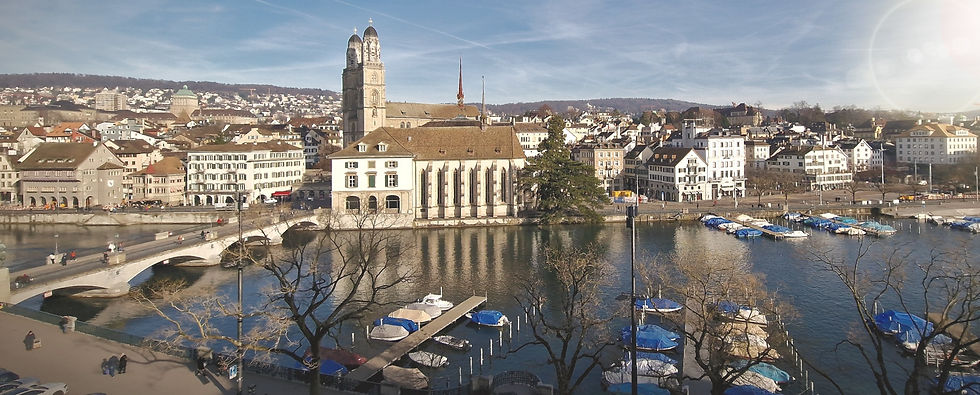
An Insider's Guide
Dear Cultured Traveler,
In the heart of Zurich, amidst its busy streets and modern facades, lies a testament to Swiss ingenuity and historical depth that many pass by unknowingly.
How many times have you walked in front of the entrance to the Urania Parking without realizing the convoluted history that lies in front of you? What hides in plain sight?
It's a story that intertwines the threads of military precision, ancient mythology, and revolutionary spirit, all encapsulated within the unassuming guise of this modern structure.
A Marvel of Military Architecture
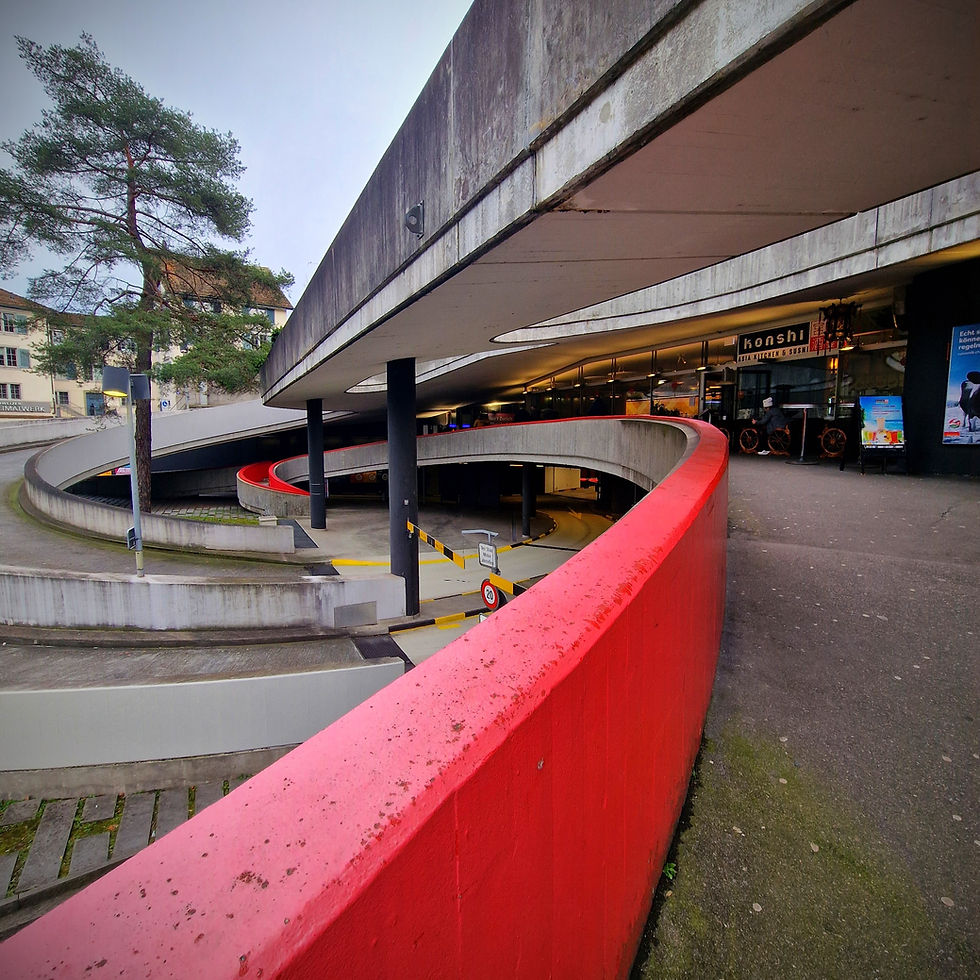
Imagine driving into a city center parking garage, unaware you're entering a modern fortress. This is the reality for those who park at the Urania Parking Facility in Zurich.
Within its walls hides one of the most unusual bunkers in Switzerland, equipped with armored doors, strong walls, and essential supplies to sustain up to 10,000 souls for two weeks in case of an emergency.
It's a stunning example of Swiss preparedness, blending seamlessly into the urban landscape while serving the dual function of protection and parking.
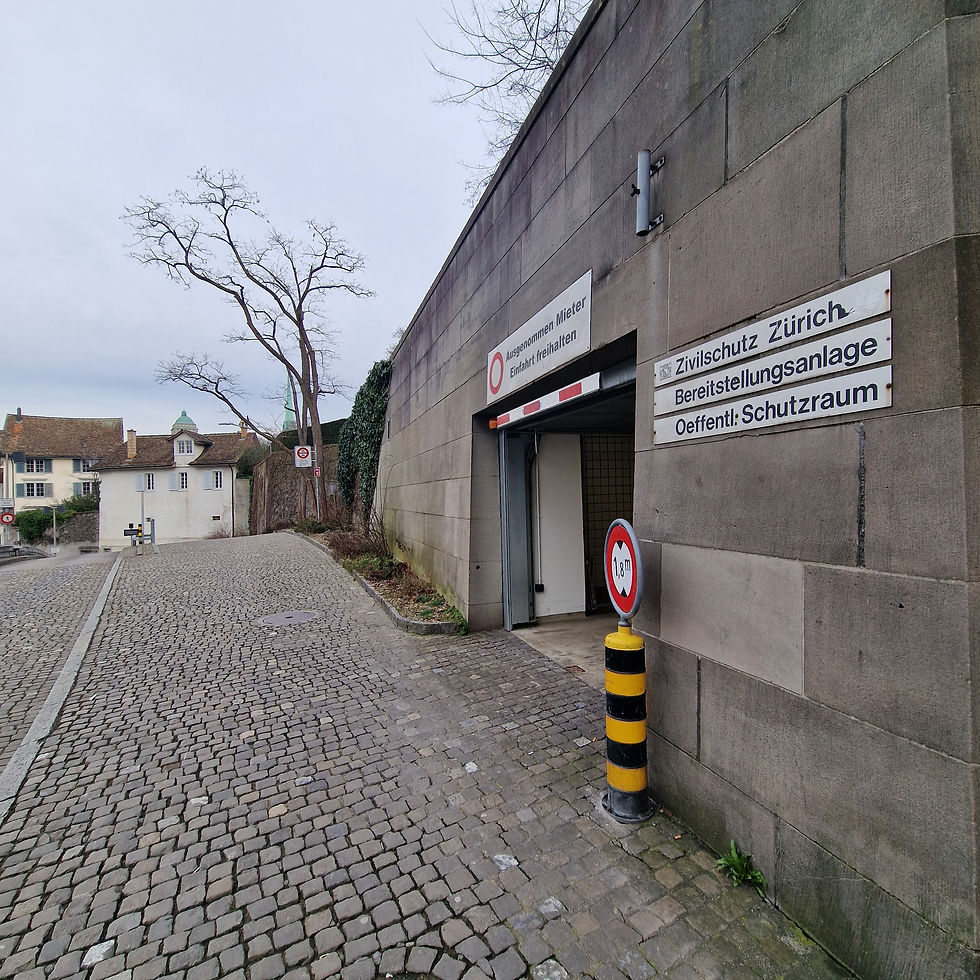
Armored doors, strong walls, and water pipes reveal its dual function.
It has two 60 cubic meter drinking water reservoirs, two preheated emergency power generators, and 45 gas filters.
A Faraday cage protects the control center from electromagnetic interference.
It has six floors, with two underground, and the deepest point is six meters below the water level of the Limmat.
A Journey Through Time
Yet, the true essence of this place transcends its military capabilities. To understand its soul, I would like to take you further down into the past.
Into its historical roots, which trace back to a time before time, when the Gods roamed the earth. When the goddess Urania herself, the muse of astronomy and the stars, might have guided the Romans to Zurich with her compass, molding the course of history.
Now occupied by the parking facility, this site has witnessed the ebb and flow of time: from a Celtic and Roman colony to the religious convent that stood here to a beacon of the youth revolution in the late '60s.
Tip: For a spectacular 360-degree view of the city's rooftops, visit the Jules Verne Panorama Bar, just below the Urania Astronomical Observatory, which is located nearby.
Sanctuary and Temples from Past Millennia
These lands have been sacred for millennia before their present construction. On this site, a former Celtic sanctuary and later a Roman temple, a multi-part gold ornament treasure from the prosperous and vibrant late 1st to the 2nd century AD, came to light in the late 19th century.

The assorted regalia suggests a mix of women's and men's jewelry, potentially worn by members of the Roman army as donatives. The magnificent items' craftsmanship reflects the social status of its owners, likely two military veterans who settled in Turicum after discharge, and the broader cultural exchanges between the Roman world and the local populations.
Speculatively, this treasure may also have been placed in a temple, where a community of bear hunters had once erected a stelae for the hunting goddess Diana and Silvanus, the deity protecting the deep forests.
Nuns, Prisoners, and Orphans
From sanctuary and temple from antiquity to the grand Oetenbach convent, which firmly stood on these grounds till the beginning of the 20th century.
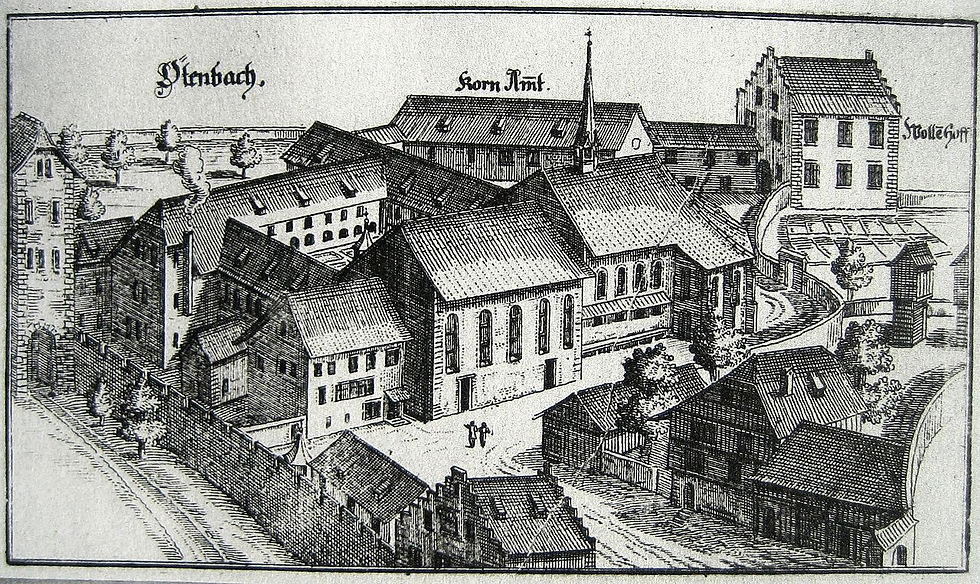
This holy nunnery had a long history that spanned almost three centuries before it was dissolved during the religious Reformation in 1525.
Despite its pious origins, the building underwent several structural changes over the centuries. It served various purposes, as it was used as an administrative building, a hospital, an orphanage, and even a prison nonetheless!
Autonomous Bunker Republic
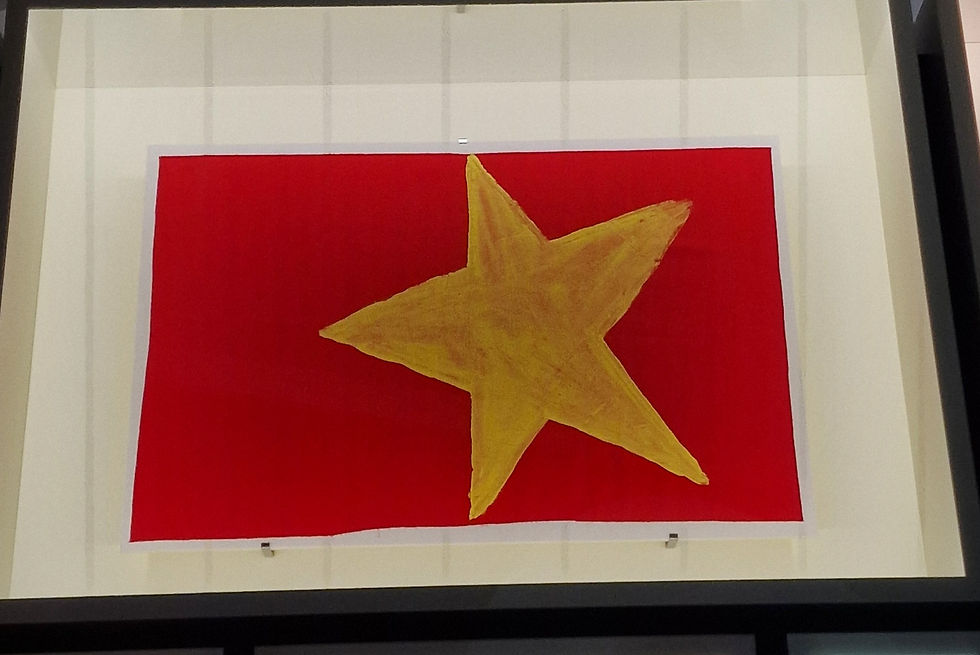
Perhaps the most intriguing and curious chapter in the Urania Garage's history is the tale of the "Autonomous Bunker Republic."
Here, amidst the echoes of global social upheaval, a group of Zurich's spirited youth found refuge in this underground sanctuary, creating a microcosm of free expression, idealism, and a thirst for change. The "Autonomous Republic of the Bunker" was established in December 1970 and saw over 1'000 visitors daily!
Although short-lived, 68 glorious days, this experiment in autonomy left an indelible mark on the city's cultural landscape, symbolizing the enduring power of youth and the quest for freedom of expression.
Tip: you can see this flag at the Landesmuseum in the free exhibition "Simply Zurich."
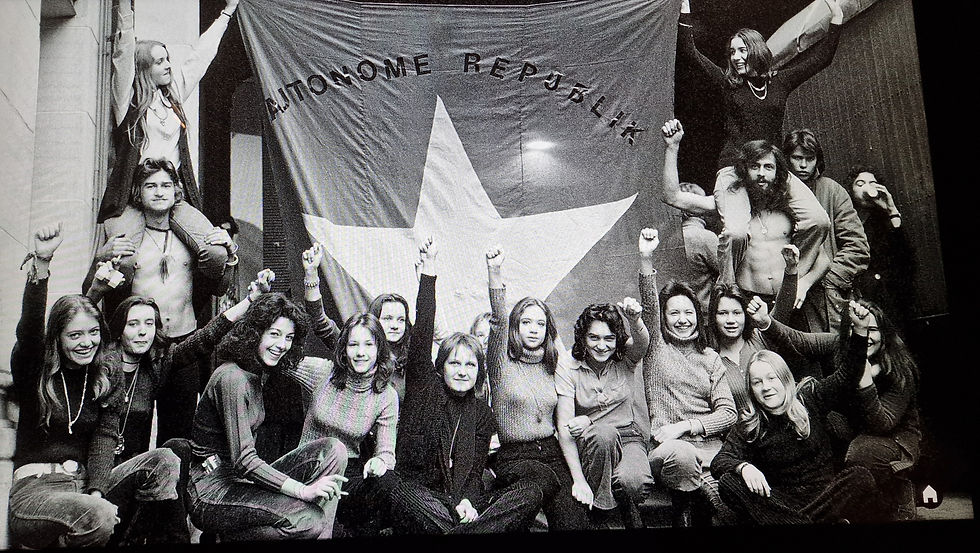
the Digital Age
The story of the Urania Garage takes a contemporary turn with the dawn of the Internet. As Switzerland's first Internet café in the mid-90s, it offered the first portal to the digital world, marking the beginning of a new era of global connectivity. How much did it cost to explore the world back then? A staggering 25.00 Swiss Francs the hour!
Though seemingly detached from its historical and military roots, this chapter underscores the facility's ongoing relevance and adaptability.
☞ Curiosity: the WWW was born in our backyard. That is, under the Swiss farmlands in Geneva: the CERN.
Last reflections
How many layers of identity can a place have? Which one is the authentic one? Well, it seems like thousands of layered years of history can be the real one.
From gods and culture to the cradle of Switzerland's first Internet café, it underscores the seamless transition from the tangible bastions of our past to the virtual frontiers of our future.
And who knows? You may feel the pull of Urania's compass, guiding you to uncover the history, mystery, and revolution that breathe life into the cobblestones of Zurich.
Here's to the dreamers, the historians, and the curious souls – may you find inspiration in the most unexpected places.
Warmly,

Bonus: Sources for the curious
This article is part of a blog series about Switzerland at War. Make sure to check out the other articles as well!
Did you find the blog article you just read interesting and useful? Do you know of someone who could benefit from this information? Why not share it?
-SOURCE%20FILES-VIBRANT-1%20PrivateGuidedTours.png)



Comments